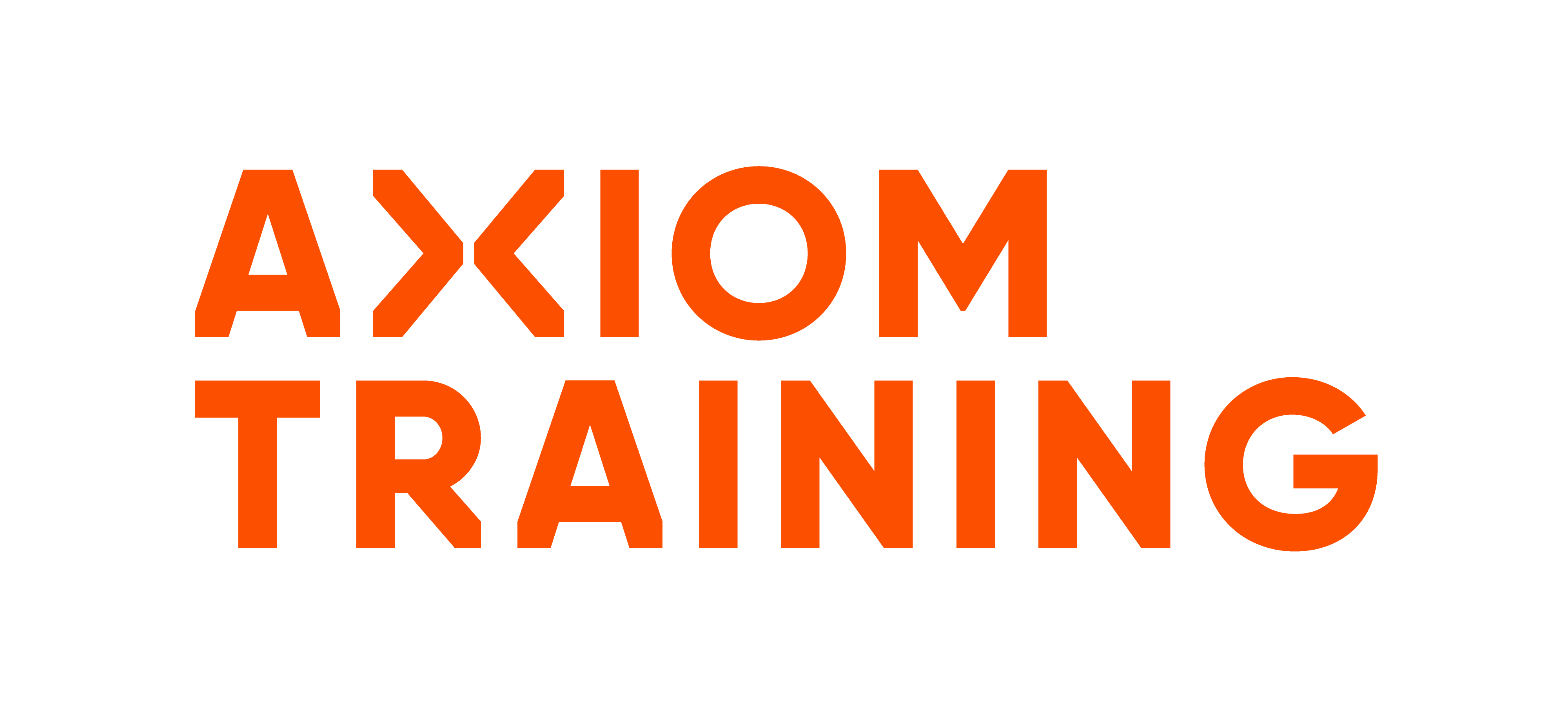White Paper: Fall From Height: Easily Avoidable, Costly Outcome
Fall From Height:
Easily Avoidable, Costly Outcome
This white paper examines a recent case where a construction company faced significant penalties after a worker fell from height due to safety failures. The company's lack of adherence to safety procedures and failure to provide adequate training resulted in serious injuries and legal consequences. This paper underscores the critical importance of height safety protocols and training in preventing such incidents, referencing available courses from Safety n Action.
Introduction:
In a recent legal judgement by WorkSafe New Zealand, a construction company was fined $150,000 and ordered to pay $5,000 in victim reparation following an incident where a worker fell from a roof terrace. Despite being aware of their responsibilities as a PCBU (Person Conducting a Business or Undertaking), the company's negligence in implementing safety measures and ensuring proper training led to severe consequences.
Case Background:
On 17 November 2021, a site manager instructed two employees to mark out membrane deck post locations on a roof terrace using a string chalk-line. One employee was holding one end of the line while the victim held the other near the terrace's edge. Tragically, the victim stepped sideways and inadvertently fell from the terrace edge, resulting in a broken collarbone and a fractured left hand.
Legal Charge and Findings:
The construction company, as a PCBU, failed to fulfil its duty to ensure the health and safety of its workers while they were engaged in work on the roof terrace. This failure exposed workers to the risk of serious injury or death from falls from height. The judgment highlighted the company's disregard for safety protocols and insufficient training programs as contributing factors to the incident.
Analysis:
This case underscores the critical importance of rigorous safety practices, especially in industries involving work at heights. Despite awareness of safety obligations, the company's failure to enforce procedures and provide adequate training directly contributed to the accident. Such incidents are not only tragic for the victims but also result in substantial financial and reputational costs for the company involved, as was the case in this situation.
Although they had completed a risk assessment and planned measure to mitigate the risk of falls from height, the Site Manager in this case sent workers to the roof to complete tasks while still waiting on the delivery and install of safety measures such as guard rails.
The items in question were delivered the day after this incident.
The Role of Communication in Height Safety:
Effective communication is paramount in ensuring workplace safety, particularly when it comes to addressing identified risks. In the case of the construction company fined by WorkSafe New Zealand, one critical aspect that contributed to the incident was inadequate communication regarding safety risks.
Communication Breakdown:
While the construction company had identified the risk associated with working on the roof terrace during meetings, there was a significant failure in ensuring that all team members were adequately informed. The incident occurred because the victim, unaware of the specific risks associated with the edge of the terrace, stepped off and suffered injuries.
Importance of Comprehensive Communication:
Clear and consistent communication is essential for ensuring that all workers are aware of potential hazards and safety procedures. This includes not only discussing risks in meetings but also verifying that the information reaches all relevant personnel, regardless of whether they attended the initial briefing. In this case, had the company ensured that all workers involved in the roof terrace work were briefed individually or through alternative communication channels, the likelihood of the incident could have been reduced.
Best Practices for Communication:
- Regular Toolbox Talks: Conduct regular toolbox talks or safety meetings where specific risks are discussed comprehensively, ensuring all workers are present or receive detailed follow-up communication.
- Use of Multiple Channels: Utilise multiple communication channels such as emails, notices, or direct conversations to ensure information reaches all team members.
- Feedback Mechanisms: Establish feedback mechanisms where workers can ask questions or seek clarification regarding safety protocols and risks.
Integration with Training Programs:
Effective communication should be integrated into training programs, emphasizing the importance of not only identifying risks but also ensuring that all team members are informed and understand their responsibilities in mitigating those risks. Safety n Action’s courses, such as the Introduction to Height Safety, can emphasize the role of communication in preventing incidents by ensuring that safety information is effectively disseminated throughout the workforce.
Preventative Measures and Training Solutions:
To mitigate the risks associated with working at heights, comprehensive training programs are essential along with robust processes that are followed through.
Trusted training providers like Safety n Action offer a range of courses, including an Introduction to Height Safety, which covers essential safety procedures, hazard identification, and the proper use of safety equipment. These courses are designed to equip workers and employers with the knowledge and skills needed to prevent accidents and ensure compliance with safety regulations.
Should either of the workers during this incident have received this type of training, they would have been able to identify the risks ahead of them and may have felt empowered to speak up and stop work when the risk presented itself.
Conclusion:
The case discussed in this white paper serves as a stark reminder of the consequences of neglecting safety responsibilities in the workplace, particularly concerning height safety. Employers must prioritise thorough safety protocols and ongoing training to protect their workers and avoid legal repercussions. By investing in training programs like those offered by Safety n Action, companies can significantly reduce the risk of incidents and create safer working environments.
Both workers and PCBU’s need an understanding of their roles and responsibilities when it comes to keeping themselves and their workers safe from harm.
References:
WorkSafe New Zealand. (2023). WorkSafe New Zealand v Create and Construct Ltd [2023] NZDC 26962. Retrieved from https://districtcourts.govt.nz/all-judgments/worksafe-new-zealand-v-create-and-construct-ltd-2023-nzdc-26962/
Safety n Action. (n.d.). Introduction to Height Safety Training. https://www.safetynaction.co.nz/en/our-courses/course-catalogue/height-safety-introduction/
Relevant legislation
View training solutions
-
Forklift Operator
Gain the knowledge and skills to safely operate a powered industrial lift truck. Unit standards covered: 10851
-
Online Hazard and Risk Management
Effective hazard and risk management reduces the chance of harm occurring, resulting in a safer and more productive workplace for you and your team. Unit standards covered: 30265 and 497
-
Online PCBU Health & Safety Responsibilities
Everyone has a role in workplace safety. Our Online PCBU Health and Safety Awareness course ensures that everyone in your organisation understands their responsibilities under the Health and Safety at Work Act, promoting a culture of safety and compliance.
-
Health and Safety Board & Management Seminar
Gain clarity and an in-depth understanding of the duties and responsibilities of the Board and Management teams in relation to the Health and Safety at Work Act




